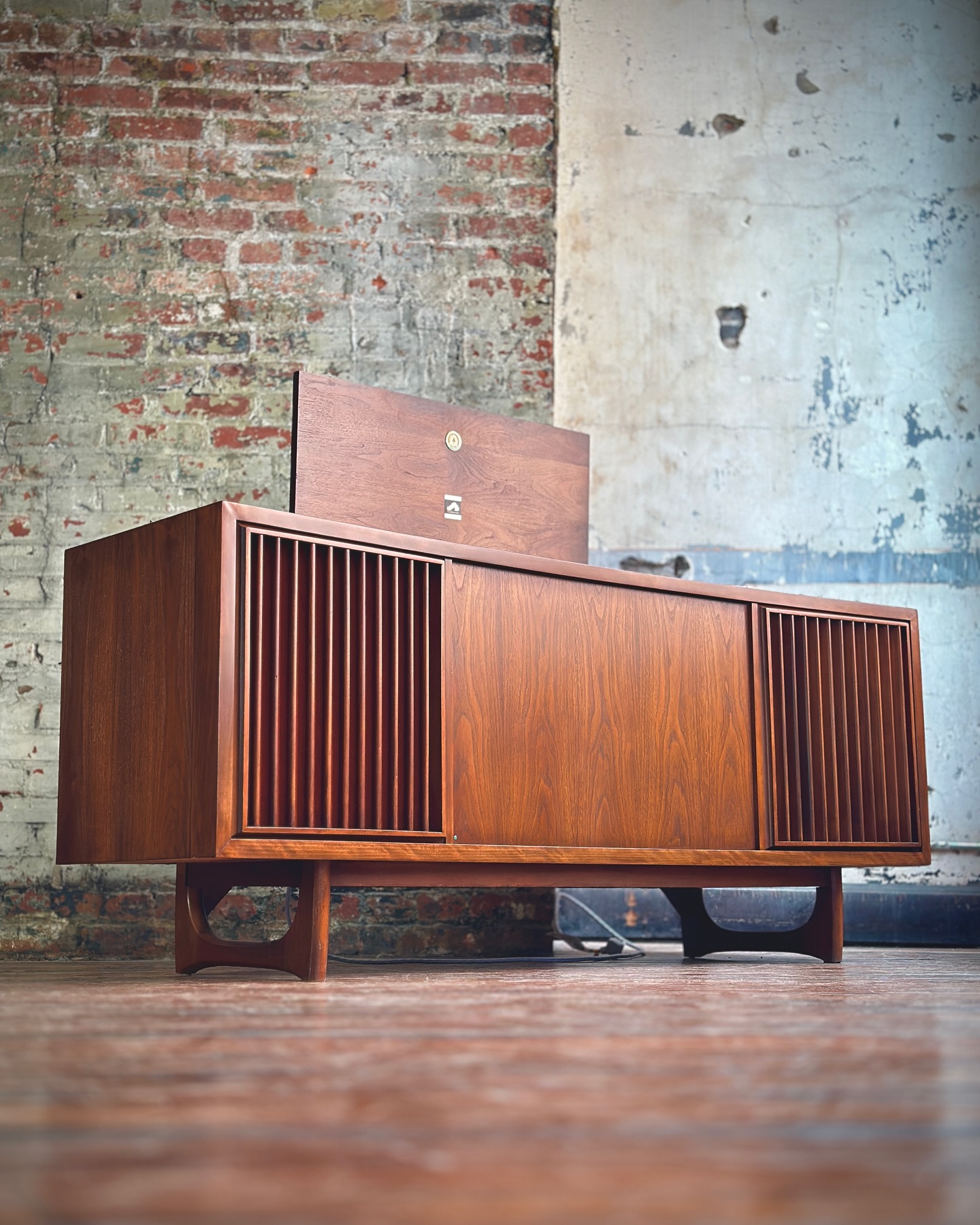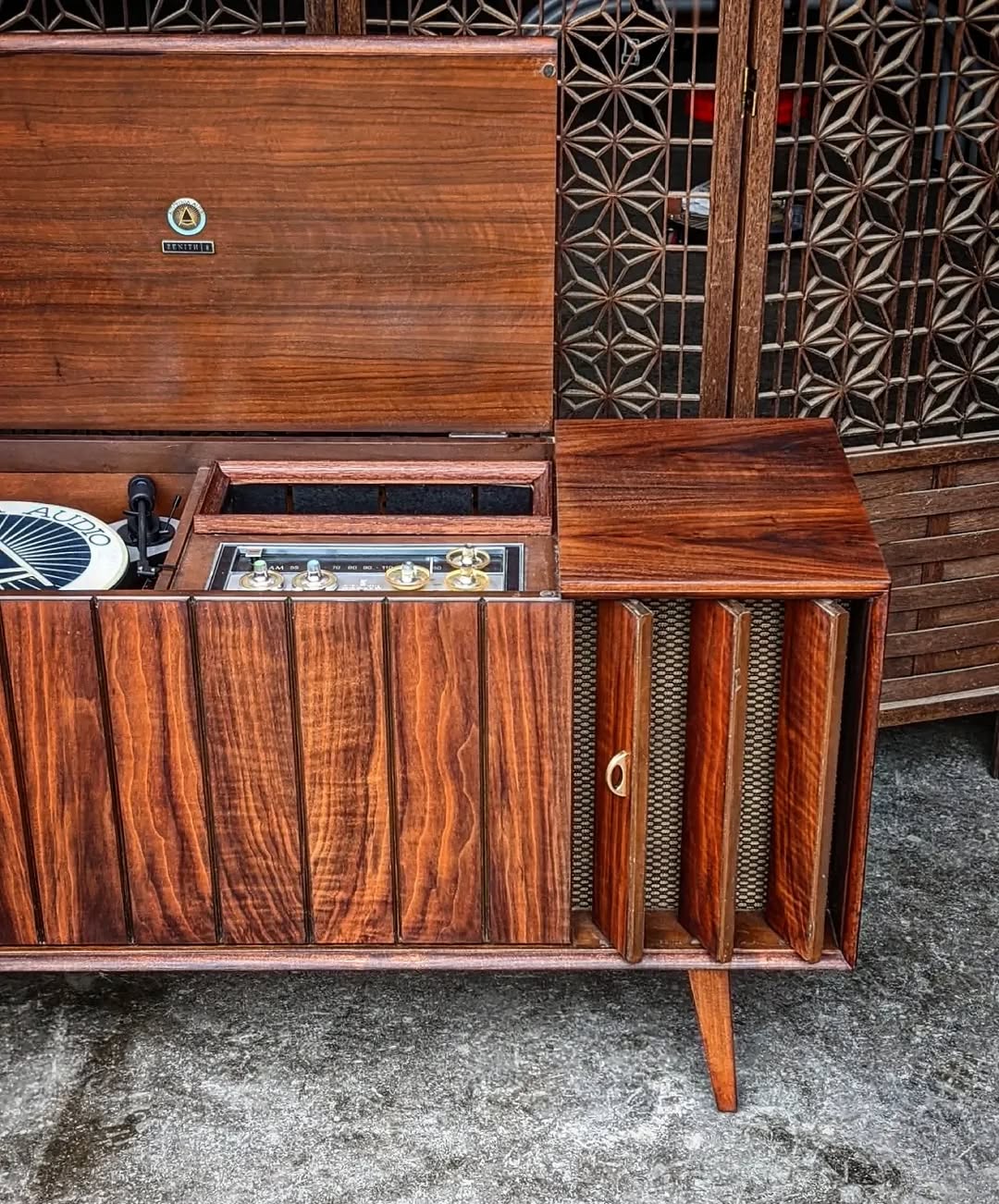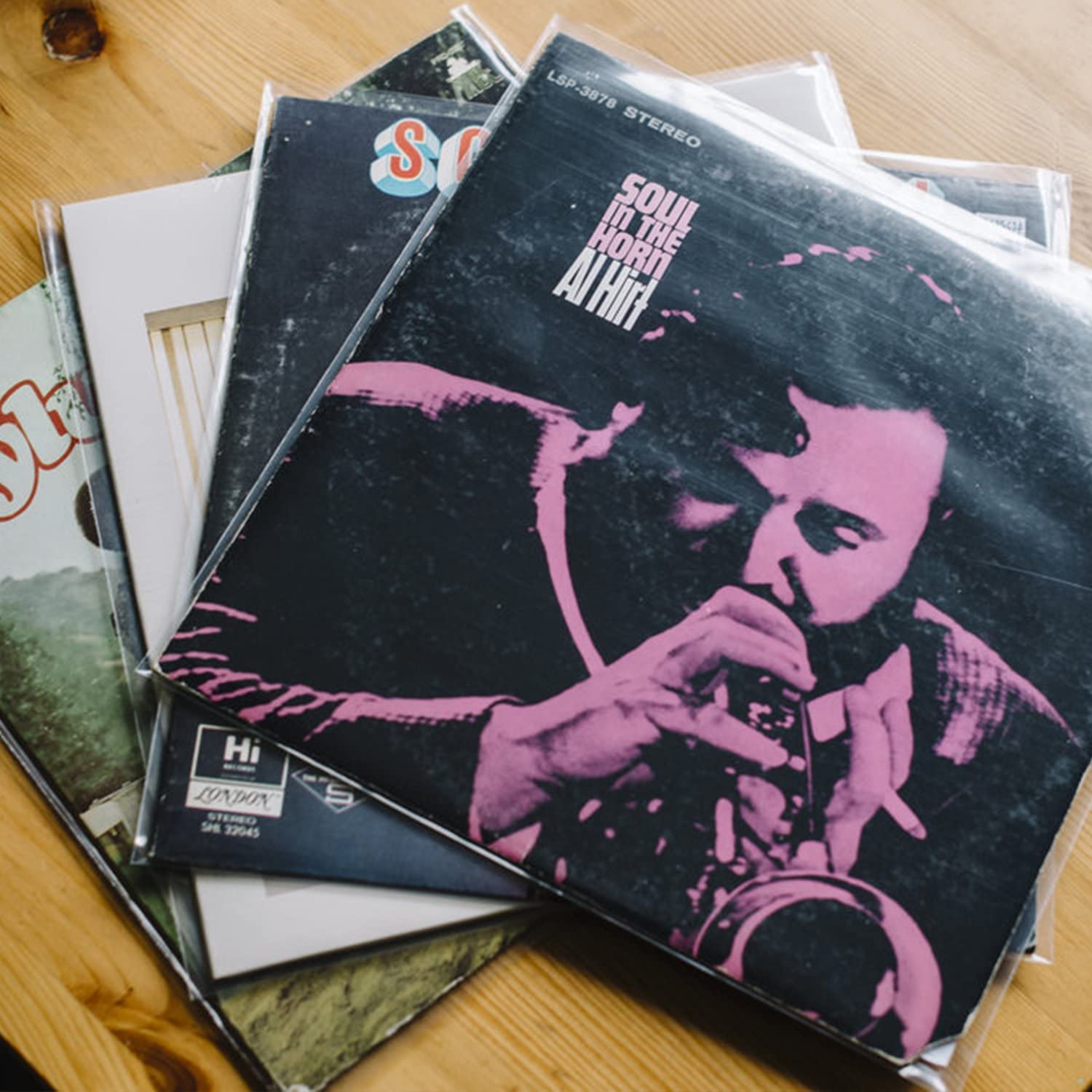Keep in mind this person, as well as my wife, can still listen to and enjoy music all the same, but of course, stereo imaging and the ability to determine location of a sound is now long gone.
My genre of choice is punk rock, so my recommendations will be skewed in that direction, but at the same time, building and selling stereo equipment, I’ve accumulated some tracks in my personal collection that I love using to showcase and demo speakers that probably appeal to most everyone. Not just punk heads.
I’ll try to focus my recommendations on outstanding channel separation and music pieces with great binaural qualities.
one
One of my favorite test pieces is the BBC 1973 recording of See What A Fool I’ve Been by Queen. Queen, not known for their blues, recorded this incredibly clean sounding song. I like to close my eyes after positioning my head right in the middle front between my speakers (or wearing headphones). You can hear the room Brian May’s guitar was recorded in, perfectly place his OD’d amp on the left side of the soundstage. Freddie gently pushing his amazing voice, a good couple of feet away, and by the time he’s halfway through the intro, you can hear him getting closer to the mic, which if you’re really listening, feels like he’s getting VERY close to you. Absolutely chilling, seconds before Roger Taylor introduces the band with a wonderfully recorded snare, rack toms and kick. The recording and mixing of this piece is, IMO, a true gem.
two
Some tracks you probably will enjoy regardless of the style of music you seem to show preference for, such as the previous one, whereas some may not be your cup of overdriven guitars and drums, such as The Cog In The Machine by Lagwagon and Midnight Hands by Rise Against. I’ve always been a fan of the way Rise Against‘s recordings sound, typically tracked and mixed in The Blasting Room in Ft Collins, by the time Lagwagon released Hang (the album The Cog In The Machine is from, which is a fantastic album. Hang & Revolve are both incredibly powerful and often chilling records that would certainly both be in my list to critically listen to again and again) I couldn’t help but feel the drums sounded familiar, only to find they were indeed recorded, mixed and mastered by the same team in the same recording studio. All thanks to Bill Stevenson (of Black Flag, Descendents and ALL) for opening that glorious studio.
three
For a more peaceful experience, even at high volume (you’re going deaf anyway), my wife’s favorite band, Guster, has quite a few amazingly recorded and performed albums, my recommendation here is Careful from the Lost And Gone Forever album as well as Long Night from their beautiful live recording with the Omaha orchestra.
four
For an acoustic recording, that showcases what binaural recording is all about, I personally like the Playing Favorites album by Meiko, which was recorded using just one (which is actually two) binaural microphone by beyerdynamic I believe. My pick is her No Rain cover.
five
Another favorite of mine to test channel separation in particular, from the way the simple drums sound to the melancholy in her voice, from the use of distortion as ambience and glockenspiel blended with plucked strings, to the heartfelt lyrics. Found is a stunning song by Still + Storm. A fantastic record to own on vinyl (I own all of the music I’ve mentioned on vinyl, safe for the Queen @ the BBC recording, I don’t think that was ever pressed on vinyl).
six
It is said that one of the most telling instruments for testing tape decks and records is the piano. Any sustained note, really. But recording piano is an interesting thing since there’s no one way of doing so. I submitThe Forks Are All Behind You by Brian Wahlstrom as a spine-chilling performance. And for an encore, his cover of the late Tony Sly of No Use For A Name’s songThe Answer Is Still No is a soul-crushing song from start to end.
From that same Tribute to Tony Sly album, Karina Deniké, whom I have an enormous appreciation for, submitted what ended up being the opening track on said album, Biggest Lie. She doesn’t have much of her music on Spotify, haven’t asked her why. But her album, Under Glass (in her bandcamp page) is well worth a listen with it’s imaginative and quirky instrumentation complimenting her fantastic vocals and songwriting abilities.
seven
Back for a second on what an amazingly good sounding recording studio can unlock, I turn to The Get Up Kids, who recorded most of their albums in Eudora, KS. My favorite recordings are from their Eudora album, which happens to be mostly covers. All great covers, great songs, very natural sound to all of them. Being a drummer myself, I pay special attention to the recording and performance of the drums, and the way the covers for Up On The Roof, Suffragette City, and Close To Me sound, the almost cardboard-y sound in the kick drum, with the continuous rimshot hits of the snare, along with not-so-overdone distortion on guitars give these recordings quite a punchy yet warm sound.
eight
No audiophile worth their salt is unaware of Sheffield Labs. My submission from Sheffield is from Lincoln Mayorga‘s Lincoln Mayorga & Distinguished Colleagues Vol. III. My all-time favorite album when it comes to the pristine quality of the recording and performance. Producer Douglas Sax and Pianist Lincoln Mayorga experimented with direct-to-disc recordings, avoiding recording to tape and then mastering into vinyl, they had an engineer operate a lathe cutting a record as they performed next door. No take backs, no repeats. Sadly, this means there’s only a set amount of copies that can be pressed with the same stamper; so when the album sold out and they somehow wanted to press more copies in Germany, Sheffield Labs sent in an alternate recording that was, frankly, much poorer in terms of performance. The worst part is that this is the recording they made available in CD and streaming platforms. So the only way to listen to this performance and outstanding recording is by owning a copy of the record. I buy a copy every single time I see it available at a record store.
For my father’s birthday one year, I gathered all 3 copies I owned at the time and professionally digitized all of them using my highest end turntable, with the best cartridge and stylus I had at the time then proceeded mixed and match all three records, removing the clicks, pops and other imperfections from the recording to make one true master myself. You can feel free to stop by Vintage Source and request I play it for you. Mind blown guaranteed.
From the same team at Sheffield Labs, this soul song is a great feel-good recording that showcases dynamic range just as it does Thelma Houston‘s vocals.
nine
Great music and recordings are all around us happening in real time; I recently really enjoyed Get It Yourself by Friendly Thieves a local Kansas City band that, IMO, are fantastic with a punchy sound that makes you want to turn it all the way up, which I’ve been guilty of back when Fetch was our downstairs neighbor. Stephanie can vouch for the power output of our consoles.
ten
Bringing it back to Queen; I found the 2011 remasters to be quite good, and from this, I suggest giving All Dead, All Dead, a good listen. And then, the 1977 live BBC recording of My Melancholy Blues ought to do it.
bonus: eleven
Classical music is hard to recommend, and Spotify is simply not set up for it the way that Tidal, Roon or other services are; unless you know exactly what performance, whom was it directed by and perhaps even who the soloist might be. Sidenote: if you’re a classical music nerd, skip Spotify and try IDAGIO, it’s fantastic. Thank me later.
You must be familiar with Vivaldi’s Four Seasons, I found great pleasure in listening to Max Richter‘s Recomposed. As an audio geek and a Frenchman, Tchaikovsky’s 1812 as recorded by Telarc, interpreted by the Cincinnati Orchestra is an amazing achievement of recording advancements, and it gives me chills every time. And pretty much anything penned by Mahler is just mind boggling.
wrap up
Fear Inoculum by Tool is a great altogether album that deserves a listen if you can stomach it. As mentioned, my preferred genre is punk rock, and I’d say you can’t go wrong with Bad Religion, No Use For A Name, Lagwagon, Bayside, NoFX, Trophy Eyes, Direct Hit!, MxPx, Alkaline Trio, and I could go on and on and on… But I tried to focus on tracks that anyone can appreciate that carry some acoustical significance that makes them special to me, and that I certainly wish my wife could listen in full stereo one more time.
All of these songs are deeply personal and emotional to me, I can sit on a couch and test speakers at full volume with any and all of these tracks for hours on end and come out a changed man every time.











